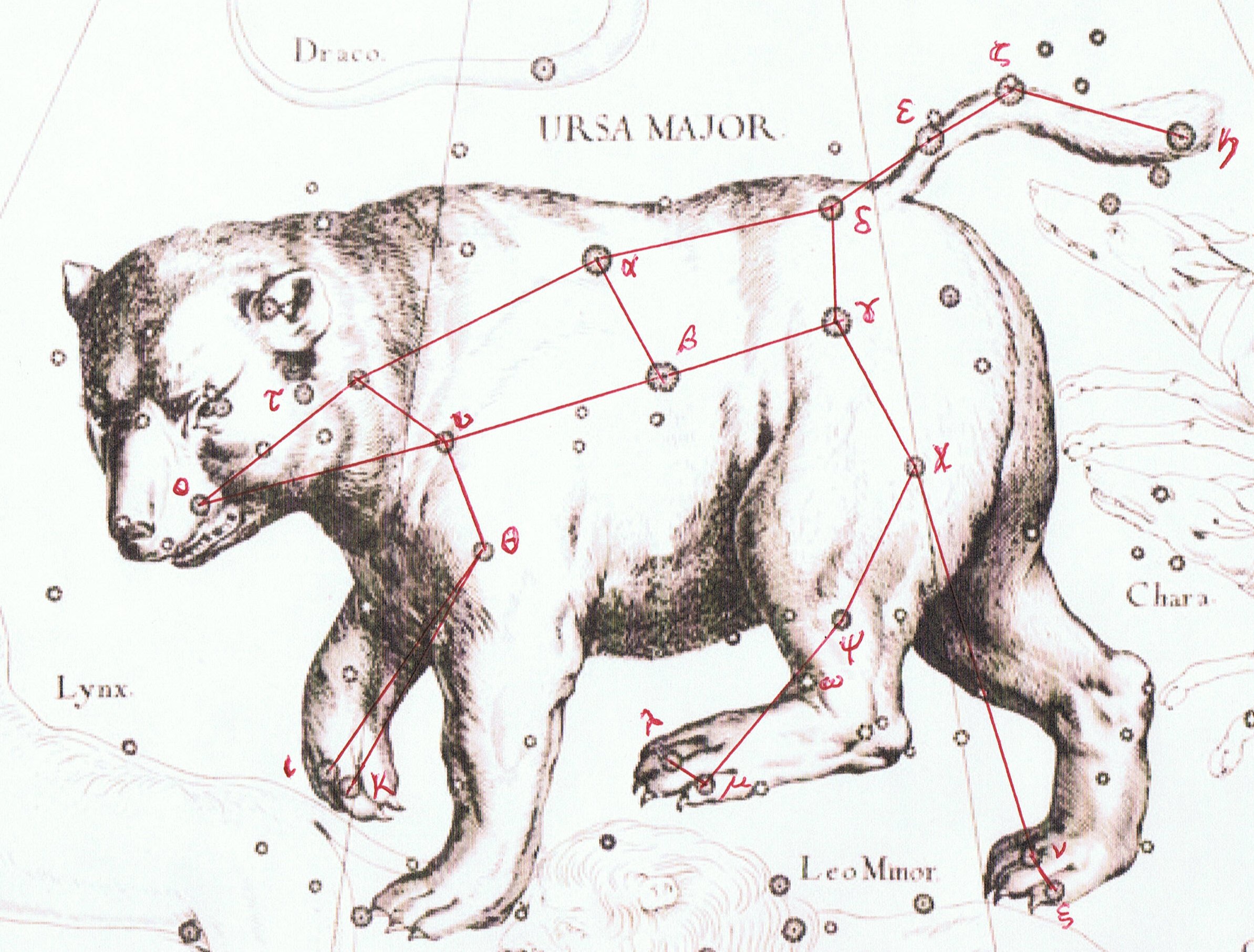But the September equinox came 2 days later, when the 'leading' Raven star (Gienah) rose heliacally and when 100 days remained of the Gregorian year:
The day number for September 29 is 272 and this date corresponds to day 136 in the Arabic manzil calendar. 136 + 136 = 272. It was also right ascension day 192, which could allude to the distance from the June solstice (Gregorian day 172) to the end of the year. 364 - 172 = 192. In other words, if the year is counted from an equinox instead of from a solstice, then the beginning of such an equinoctial year could be 172 days earlier than March 21. 80 (March 21) - 172 + 365 = 273 (September 30). And 273 - 182 = 91 (April 1):
Metoro may have used his double (meaning negation) aue (aueue) as a way to tell Bishop Jaussen that this was not yet a time of waxing light. The fish hanging at right is upside down, a sign of waning. The not visible fire (te ahi i te rima aueue), which Metoro said was kindled (kua ka) - cfr Ca6-21, September 29 (241) - possibly 161 (= 2 * 80 + 1) days after March 21, could stretch for 197 (Ca7-29) - 161 = 36 days. And then would follow 5 non-taboo (kokore) 'nights'. The beak of the bird in RA day 193 (Ca7-25, where 72 * 5 = 360) is closed, a sign of being not 'alive'. Gregorian day 193 (July 12) coincided with the heliacal rising of Castor (the Gemini twin who 'died' and then was resurrected). 80 + 193 = 273 (September 30). The figure sitting down in Ca7-26 (where we can count 7 * 26 = 182) has her front arm raised high, perhaps a sign of a new season of light. Ca7-14 is glyph 182 in the C text and also glyph number 26 in the calendar beginning with Ca6-17 (157). 182 - 156 = 26. Perhaps each glyph from Ca6-17 should be read as a week. There are 392 glyphs on side a and 392 - 156 = 236, which counted as weeks becomes 7 * 236 = 1652 = 4 * 413 = 28 * 59. The 5 kokore glyphs maybe are representing 5 weeks (35 nights). In Ca7-27 the complex structure could illustrate how in the north darkness has come, while in the south (bottom) Sun has arrived. October (the 10th or 8th, octo, month) corresponds south of the equator to the season of April, a spring month. April 1 (91) was perhaps the beginning of the winter 'year'. Mimosa (named after the tickle-me-not plant) rose with the sun in September 30. I guess RA day 193 alludes to the death of Castor (in July 12) and that therefore also day 80 + 193 could be some kind of 'leap day' in order to compensate for the difference between 365 and 364 (= 52 weeks):
The previous day (Ca7-24) could be an illustration of the full moon night, Omotohi, where the 'sucking' (omo) is cut off (tohi). But the inside of the egg-formed circumference contains signs which could serve to illustrate that here Sun's rule is 'broken' (hatiga). On Easter Island, however, it would be the opposite, the time in spring when Sun returned:
In October 10 (perhaps to be read as 8 * 10 = 80 because October means the 8th month) the important stars Spica and Alcor rose together, and this was 182 days after Gregorian day 101 (April 11):
These 7 glyphs are probably ending at an important point in time when Polaris and several other important stars could be seen close to the full moon. April 17 is day 107 from January 1 and 107 = 8 * 59 - 365. The central day is October 13 (perhaps to be counted as 81 * 3 = 243) - which is corresponding to day 150 in the manzil calendar - and we can see how the 'flames of Sun' no longer are 5 but only 4. Here Metoro said ko te ahi kua ka i te rima aueue, which probably should be compared with his similar expression kua ka te ahi i te rima aueue 45 glyphs earlier. 206 - 161 = 45. Benetnash (η at the tip of the tail) in Ursa Major could eidently have been the star opposite - and comparable to - Polaris:
| |||||||||||||||||||||||||||||||||||||||||||||||||||||||||||||||||||||||||||||||||||||||||||||||||||||||||||||||||||||||||||||||||||||||||||||||||||||||||||||||||||||||||||||||||||||||||||||||||||||||||||||||||||||||||||||||||||||||||||||||||||||||||||||||||||||||||||||||||||||||||||||||||||||||||||||||||||||||||||||||||













